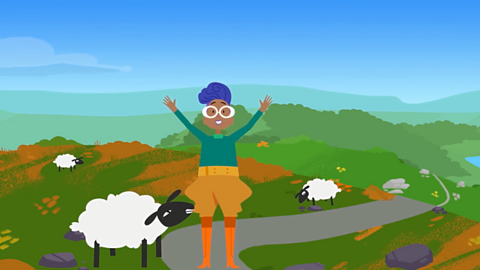Watch: The Lake District
“I wandered lonely as a cloud” Oh, hello! I’m reading from a poem by William Wordsworth, a poet who was inspired by the landscape around me, here in the Lake District.
And it’s no wonder, just look at that view! The Lake District is a mountainous region in the North West of England and home to the highest mountain in England, Scafell Pike, as well as its longest and deepest bodies of water.
These lakes and mountains were formed millions of years ago when the rock was raised up as tectonic plates pushed together. During the last ice age, huge flows of ice formed called glaciers.
These glaciers flowed down the hills and mountains breaking up the ground beneath them and carving out the valleys we see today.Some were filled with water, forming lakes and smaller mountain pools called tarns. Now this landscape is home to a host of plants and animals, these include oak and pine forests, bluebells and daffodils, red squirrels, otters, deer and osprey.
But perhaps the most famous creatures from here are the one created by Beatrix Potter, the writer of Peter Rabbit and Mrs Tiggy-Winkle.
She was captivated by the animals and landscapes she saw while visiting the Lake District on holiday in the 1800s and she helped to preserve the landscape and way of life for generations by buying land and farms, and giving them to the National Trust, who look after them to this day.
The traditional hill farming Beatrix Potter wanted to preserve, still goes on here. But these days, tourism is the main industry, attracting nearly 20 million visitors every year.
If you’re lucky enough to go on holiday here, you’ll see why so many people have fallen in love with this place, from its giant mountains to its smallest inhabitants.
Where is the Lake District?
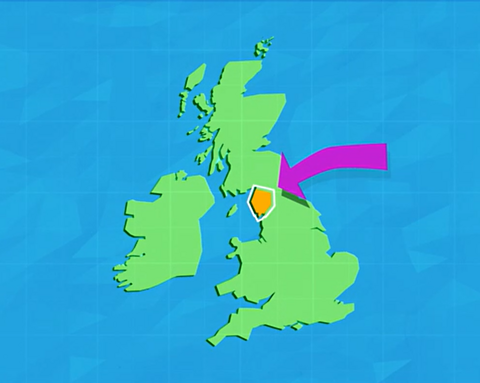
The Lake District is a national park in North West England.
It is home to the highest mountain in England - Scafell Pike, and the deepest lake - Wastwater.
It is popular with holidaymakers because of its beautiful mountains and lakes.

What is the Lake District like?
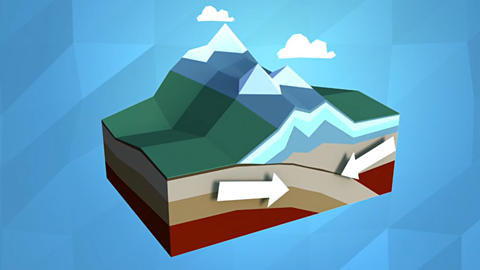
- The landscapes of the Lake District have been created over millions and millions of years. Rocks such as sandstone, limestone and granite slowly formed in layers.
- Next, tectonic plates created volcanoes and pushed the rock up to create high mountains.
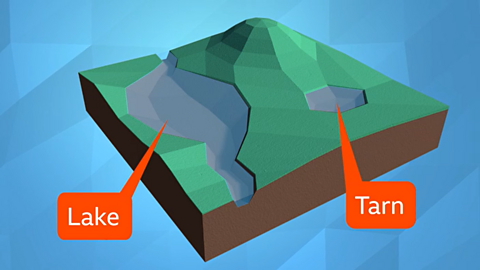
Two million years ago, icy glaciers covered the mountains. As the glaciers slowly crept down the mountains, they wore away the mountains and created valleys.
When the ice melted, these valleys filled up with the melted water and created deep lakes. Small crevices made by the ice at the tops of mountains filled with water to create tarns.

Who lives in the Lake District?
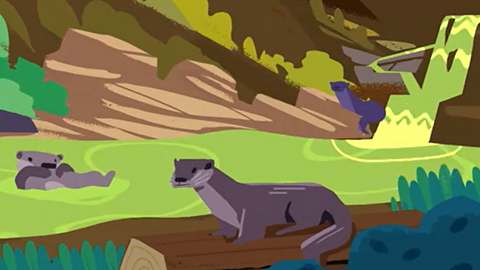
Lots of plants and animals live in the Lake District.
There are lots of people, who live in towns such as Keswick and Windermere.
Tourism is an important industry here. More than 12 million people visit the Lake District each year. They come to walk, cycle, run, boat and look at the amazing scenery.

What does the Lake District look like?
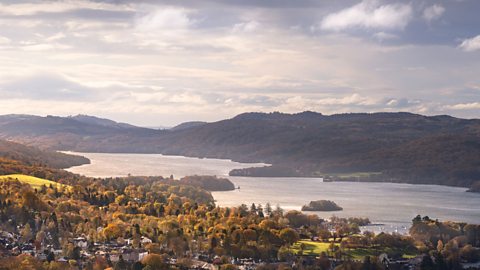
Image caption, Windermere is the largest lake in England.

Image caption, Scafell Pike (on the left) is the tallest mountain in England.
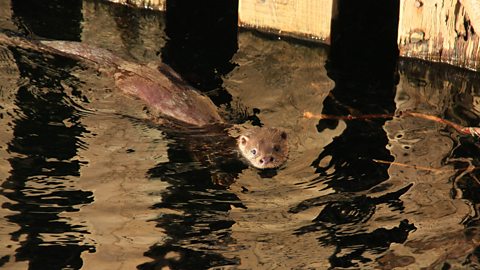
Image caption, Lots of otters can be found in the Lake District.

Image caption, There are now fewer red squirrels in the UK than in previous years. However, many are still living in the Lake District.
1 of 4
Activity: Quiz – The Lake District
SATs preparation resources. activitySATs preparation resources
Get ready for the SATs papers with videos, activities, quizzes and games to refresh your knowledge and practise your skills.

More on People and places
Find out more by working through a topic
- count6 of 8
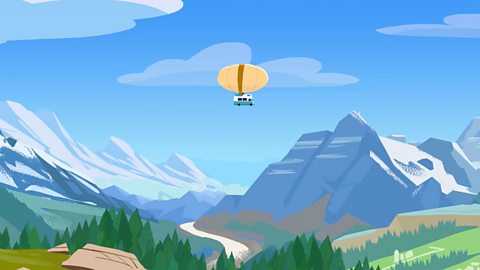
- count7 of 8

- count8 of 8
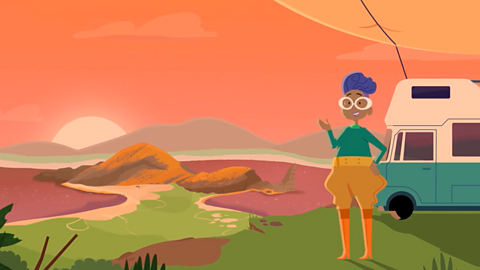
- count1 of 8
